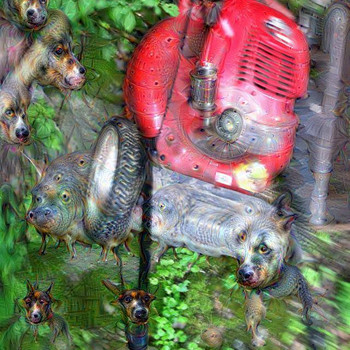Question #359e9
1 Answer
Galileo was the first to make a careful measurement of gravitational acceleration. Rather than dropping things straight down, he rolled them on ramps. There were no precise stopwatches in his day. He did the timing using water. A volume was filled with water. A drain was opened as the ball was released. When the ball stopped, the drain was closed.
Galileo could determine the time by measuring the mass of the water in the container and by measuring how long it took for the entire container to drain. If, for example, the entire container took 10 seconds (which could be timed with a watch of that era), one could calculate that one one hundredth of the volume would drain in 0.1 seconds.
The speed of sound can be measured with a simple watch and observation of a distant observer. Sound travels about 3 kilometers per second. At a distance of 10 kilometers, the flash from an explosion is visible well before the sound arrives.
Early measurements of the speed of light were pretty poor. The first experimenter placed a very bright light on top of a mountain and asked two assistants at distant locations to watch it. As he covered it and uncovered it, they were to uncover and cover lights of their own. By noting differences in the amount of time it took them to react, he hoped measure the speed of light. However, he was only able to set a minimum speed. Light is much too fast to be measured this way at distances of even a few dozen kilometers.
The first real measurement of the speed of light was made through observations of the motions of the moons of Jupiter. Because the distance between the earth and Jupiter changes throughout the year (by 16 light minutes), one observes that the orbits of the moons seem to speed up and slow down as we move closer and farther away. This was first measured in 1676, by a Danish astronomer, Ole Römer.

